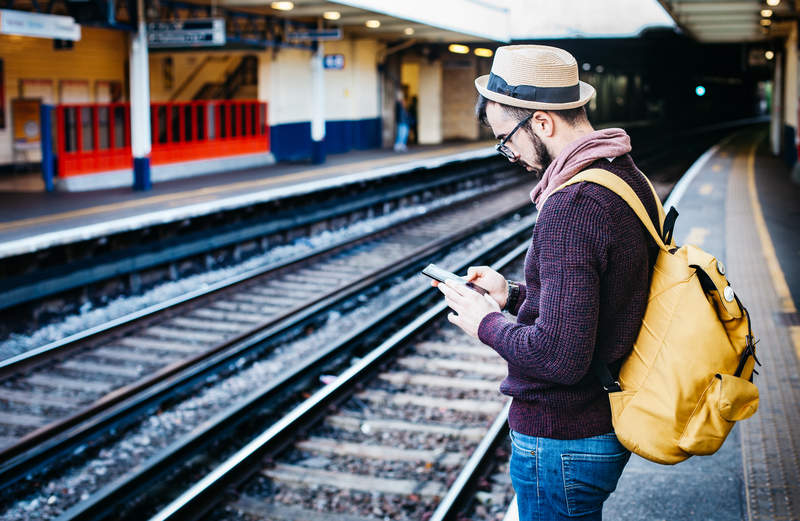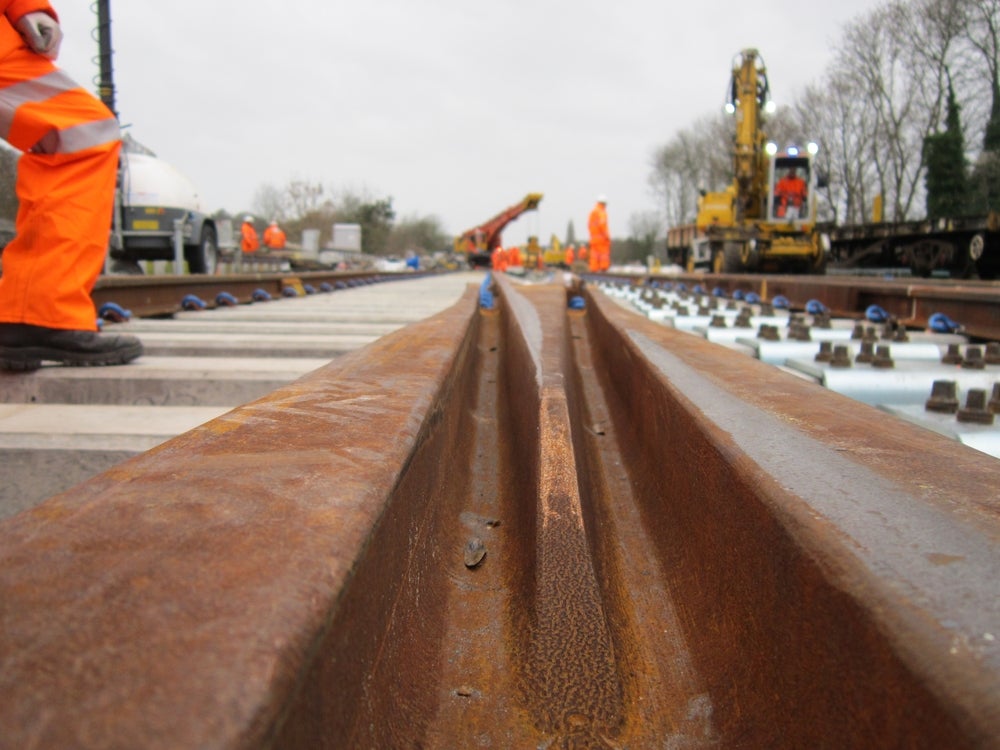
Advance train tickets in the UK are generally touted as a means to help passengers save money, but how do customers really know if they are getting the best deal available? A new feature of the Trainline app uses billions of data points to predict when advance train tickets are set to increase in price over time and then passes this info on to the user. Joe Baker spoke to Trainline to find out how it’s done.
It’s a common frustration for rail passengers: heading back to a website on payday to book a pre-researched train journey, only to find its price has inexplicably shot up into the clouds.
Much of the ire for this trend is directed at rail operators, which tend to release cheaper advance tickets around 12 weeks before a journey. However, as time passes and demand grows, prices can increase substantially, meaning that consumers can be landed with huge sums if they neglect to book early.
The arbitrary nature of advance rail ticket pricing makes it difficult for passengers to work out when they can get the best possible price. Rail operators want to fill up trains while maximising profits based on demand, but the algorithms they use to increase prices have been hidden from travellers – until now.
Digital ticket seller Trainline has come up with a solution to help clear away the fog when it comes to rising rail prices. The new Price Prediction tool, launched on the Trainline app in September, will allow travellers to ‘look into the future’ by seeing when advance ticket prices are set to increase.
Clearing up confusion over train ticket prices
“We’re trying to really focus in on the core customer problems in rail, and one of those problems continues to be a lack of understanding of how ticket prices work and how a price may rise,” says Trainline chief product officer Jon Moore.
How well do you really know your competitors?
Access the most comprehensive Company Profiles on the market, powered by GlobalData. Save hours of research. Gain competitive edge.

Thank you!
Your download email will arrive shortly
Not ready to buy yet? Download a free sample
We are confident about the unique quality of our Company Profiles. However, we want you to make the most beneficial decision for your business, so we offer a free sample that you can download by submitting the below form
By GlobalDataTo clear things up, the Price Prediction tool examines customer search data from past journeys to figure out when advance ticket prices tend to expire. Spanning billions of data points, these historic trends can then be used to predict when the price of certain journeys will rise, which is relayed to passengers via the Trainline app.
“Essentially, what we managed to do is understand the price of a ticket at the point that an individual is searching for that ticket, so if you imagine that many billions of times over and you add in a whole bunch of machine learning magic, it’s really allowed us [to predict price changes] with a high degree of significance,” says Moore.
Featuring machine learning capabilities, the tool is set to become even more accurate in the future. As 125,000 daily Trainline customers log on to book their next ticket, they are adding their own search data to the mix.
“It’s getting more accurate every single day; the more data that we have, the more accurate it gets,” says Moore. “It at 72% today, but over the next six-12 months we expect to see that rising to 90%.”
According to Moore, Trainline put together a team of highly experienced data scientists to inject a massive amount of predictive smarts into its app. The result is something that he claims hasn’t been seen before in the industry.
“I can honestly say that this is the first time that any company worldwide, as far as I know, has actually started to do this,” he says.
“We’re really, for the first time, starting to provide a view of rail prices as they are defined and dictated by customer demand. This helps to alleviate anxiety and really gives the customer a great deal more choice in when they choose to buy their ticket.”
Snappier purchases save pounds
The major outcome of Trainline’s Price Prediction tool is that customers will be able to see when ticket prices are set to ramp up, encouraging them to save cash by buying tickets more promptly.
For example, a standard class advance single fare from London Euston to Manchester Piccadilly costs £32 when purchased 80 days before the day of travel. However, Trainline’s prediction data shows a path of price increases, from £38 at 41 days before travel to £126 on the day.
According to the data, Trainline customers who buy advance tickets on the first day of their search could save an average of 49% compared with a non-advance ticket bought later on.
“This tool helps to show people that the earlier they buy their ticket, potentially the better deal that they get, and so we would expect to see a change in customer behaviour,” says Moore.
As well as changing the way passengers approach buying tickets, Moore hopes the introduction of the consumer-friendly tool will help increase ticket sales overall. This aspect could do much to appease the 86 train companies selling tickets through Trainline, which obviously benefit from tardier bookings at an increased price.
“We wanted to expose this development ahead of time, so we did that and we made sure that all our industry partners were aware that we were launching this feature – and interestingly the feedback was incredibly positive,” he says.
“Features like this, and the many others that we have yet to launch are all really focused on putting more bums on seats in as many carriages as possible.”
Some rail companies have seemingly responded to passenger gripes with regards to the increasing price of advance rail tickets. In July, Virgin Trains and several other UK rail operators agreed to allow passengers to buy cheaper advance tickets up to ten minutes before certain rail journeys.
But while the majority of advance tickets still increase at varying rates, Moore hopes the greater clarity Price Prediction offers will make rail travel a more appealing option than other transport methods.
“Our belief is that we can persuade more and more people to choose rail instead of jumping in a car or, even worse than that, jumping on a plane,” he says. “Another key reason why many of us are here is it will be better for the planet; the more people that we can persuade to travel on rail, the better it is for us all.”
Smart ticket buying going mobile
Price Prediction is not the only smart feature Trainline has introduced to its app in a bid to enhance booking for passengers. The company recently launched BusyBot, which uses crowdsourced data to identify the quietest parts of trains for passengers.
The decision to enhance the app reflects an increasing number of passengers choosing to buy tickets on their phones, which Moore finds “exciting”.
“There’s a lot more that we can do when we understand that our customers are on the move,” he says. “The kind of features and services that we can deliver to them using location-based technology are exciting both from a technology solving concept and also in terms of customer behaviour.”
The existence of helpful smart features on phones could persuade more users to head to the Trainline app to purchase mobile tickets, which the UK Government is working to make 100% available by the end of 2018.
However, Moore states that Price Prediction is not expected to be available exclusively on the Trainline app in the long-term.
“We often launch certain innovations on a single platform because that allows us to move faster,” he says. “I would expect that we will roll out price prediction across all the Trainline platforms over the next few months.”






